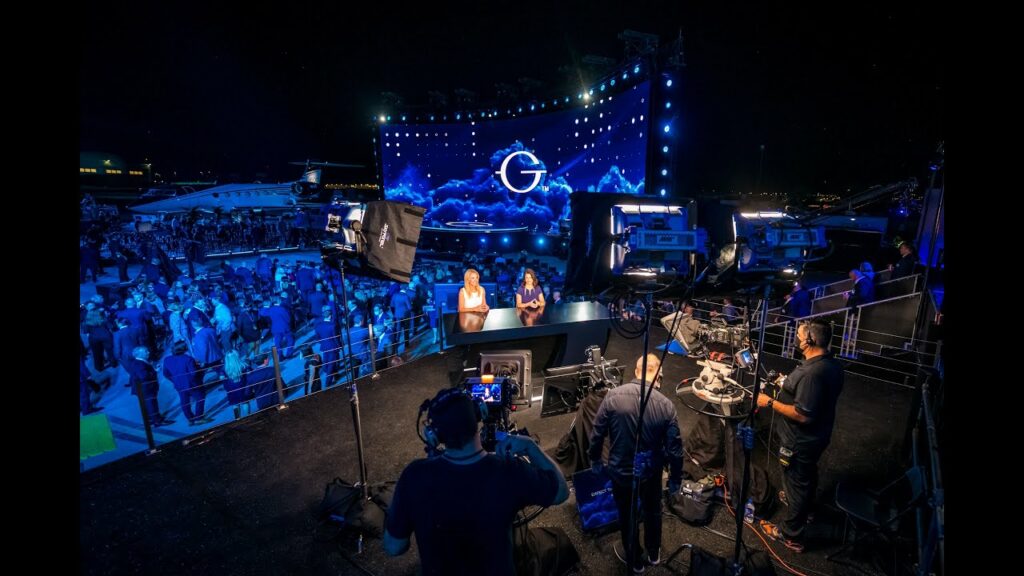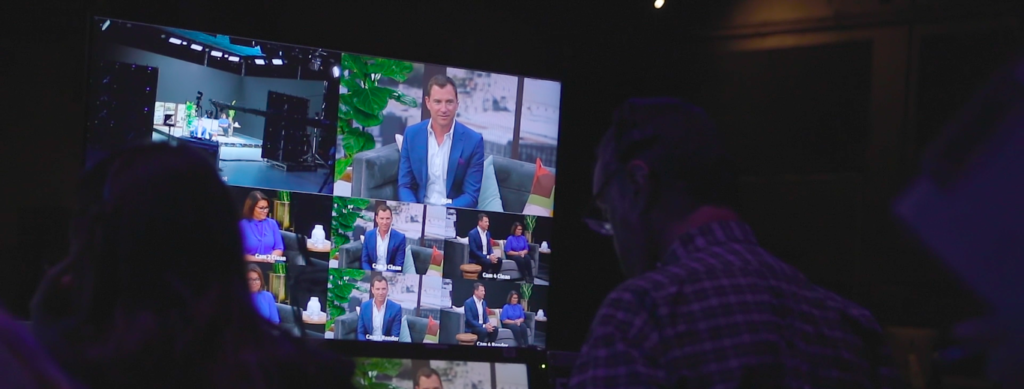Emerging Trends Shaping the Future of Events

By Ben Taylor, CEO, APAC at George P. Johnson
Some say change is good. Well, so much has changed since 2020. As COVID swept the globe, the way we gathered went from physical to digital overnight, and this has supercharged change in our industry at an unprecedented pace. We have lost a lot but also gained much along the way.
When everyone was forced to stay at home—that means 4.3 billion of us in Asia Pacific—we gained two significant things:
- Major stress testing of technologies
- A forced creative reimagining of virtual events
But perhaps the biggest gain has been the speed of adoption of technologies to continue socializing—something that would probably have taken more than five years to achieve in a non-pandemic environment.
In the massive shift to virtual platforms, many of us experienced “zoom-fatigue”. According to Virtira’s study “The Webcam Survey: Exhausted or Engaged?”, two third of people aged 18 to 24 year olds said they experienced mental stress from spending an unprecedented amount of time in front of webcams.
These virtual experiences have not delivered the core experience principals that humans crave. We thus have returned to live experiences with gusto.
AMEX’s 12th annual Global Meetings and Events Forecast published in 2022 found that 67% of the survey responders believe the number of “in-person” events will return to pre-pandemic levels within one to two years.
I can tell you that we at George P. Johnson have already seen a better business performance in 2022 than we did in 2019 (pre-pandemic) as major events continue to return to in-person in big ways, especially in Australia and the United States.
But does this mean nothing was learnt or adopted from the COVID era? I think not. As I mentioned, the embracing of technology has opened our eyes to so many opportunities.
The Future of Experiences
Salesforce’s Dreamforce, commonly considered the world’s largest corporate branded event, has definitely returned to live—or has it?
Dreamforce 2022 saw 45,000 physical audience—down from 170,000 in 2019, but 1.4 million viewers virtually. There were more film crew members and content staff on site than logistics and production staff this year.
What we are seeing is an accelerated convergence between in-person and virtual experiences, which has also provided a windfall of investment into technology companies.
Let me share with you four main trending technologies that have the potential to shape the future of experiences—and I use the word “potential” very specifically.
- Artificial Intelligence (AI)
- Gaming
- The “Metaverse”
- Augmented Reality (AR)
Artificial Intelligence
We have seen progress in AI that is relevant to the MICE industry. One example is the real-time crowd dynamics using machine learning to stress test environments virtually in three main areas: (i) registration flows including manning desks and managing queues, (ii) sponsorship opportunities (footfall), and (iii) signage design.
Gaming
Gaming is having an effect on the experiences we are creating for our audiences.
The gaming industry is seeing a tremendous growth followed by a strong investment. The numbers are staggering: 3.5 billion gamers in the next few years. This year alone has seen nearly US$200 billion being generated through gaming.
Whilst I feel these virtual worlds fall short when compared to the physical experiences, the boundaries are thinning. The quality and immersiveness of the game experiences are improving: the interactions are becoming more human, the socializing is more natural, and and the enjoyment is high.
So the question is if one day virtual experiences (within game-like environments) would be sophisticated enough or real enough to level with the real-life experiences.
Well, we shall look at the famous Fortnite’s Marshmello virtual event attended by 12.3 million concurrent fans. In an environment (such as the pandemic) that does not allow travel or social interaction, it was a genius idea of how to deliver on the needs of fans.
Talking of performance, you cannot argue with the numbers—it would take over 120 of the world’s largest stadiums to be able to accommodate the volume of attendees that enjoyed the Fortnite Marshmello virtual concert and the investment in the physical logistics was way more too.
This is the epitome intersection of where physical meets virtual. And this brings us on to what is perhaps the spiciest word on the lips of folks in 2022: The “metaverse”.
The “Metaverse”
Oh boy! If you’re anything like me, you will be rolling your eyes at even hearing the word. I can assure you that quite a few people in our business feel the same way. That said, we would be foolish to ignore the amount of investment that is going on right now.
Facebook (now Meta) is betting an “all or nothing” on the metaverse. In fact, they have invested US$2.8 billion in the platform over the last three months.
But they are not the only ones.
Just like the money flowing into gaming, a huge amount of funding is being poured into all sorts of metaverse companies. But the big question again is if the metaverse will equal or surpass the draw of a real in-human or live experience?

Source: Jon Radoff (medium.com)
Personally I see a huge experience gap between the Metaverse and the live experiences.
- In the real world, we do not wear large headsets whilst going about our everyday.
- The commands on the Metaverse are not yet intuitive.
- For certain metaverse platforms, only up to 100 participants can be in one place at the same time due to current technology.
- Frankly I am concerned that many will suffer a serious Vitamin D deficiency from sitting in a darken room by themselves for extended periods of time just to enjoy their meteversal experience.
So, maybe until the technology evolves (e.g. microchip embedded in head) and we can merge or switch from virtual to physical in the blink of an eye, live events are probably safe.
We have started looking less at the traditional “metaverse” worlds right now and pre-preparing for a hybridization of digital and physical events, where 3D virtual worlds are merged with the real world and they are both connected.
Augmented Reality
Augmented Reality (AR) is most likely the technology that will affect the events industry in the short term.
Google have been adding AR functionality to their devices for years. They were to ahead of time with technologies like Google Glass.
The same is true for Apple.
Tim Cook described AR as a “profound technology that we will look back on one day and wonder, how did we live our lives without it?”. There are also leaks talking about an Apple AR headset designed not yet for the masses but probably for the creators.
Even companies like Meta are starting to change tactics and seek ways in which AR can become one with their Metaverse ambitions.
Meta’s latest headset “Quest Pro” announced in October 2022 is effectively a mixed reality (MR) headset. This is what we are really excited about, but as you can see, the headset is still pretty expensive, chunky and inconvenient.
Experience Design
Before I end the article, I shall leave you with some real-life technologies available to us now that have great applications to the event industry.
The first one is the way-finding technology using AR so that guests can better navigate within the venues.
The second example is the interactive multimedia added to static images. The technology makes the experience as as simple as pulling up the banners.
These two examples are meant for me to share that regardless of what comes our way, if we keep the experience at the heart of what we are doing, we will be OK.
In other words, as long as we harness the power of great content and thoughtful interactions to create human-centered experiences—in any format, on any channel—that connect people and brands in order to achieve a business outcome, we will be still in business.






Responses